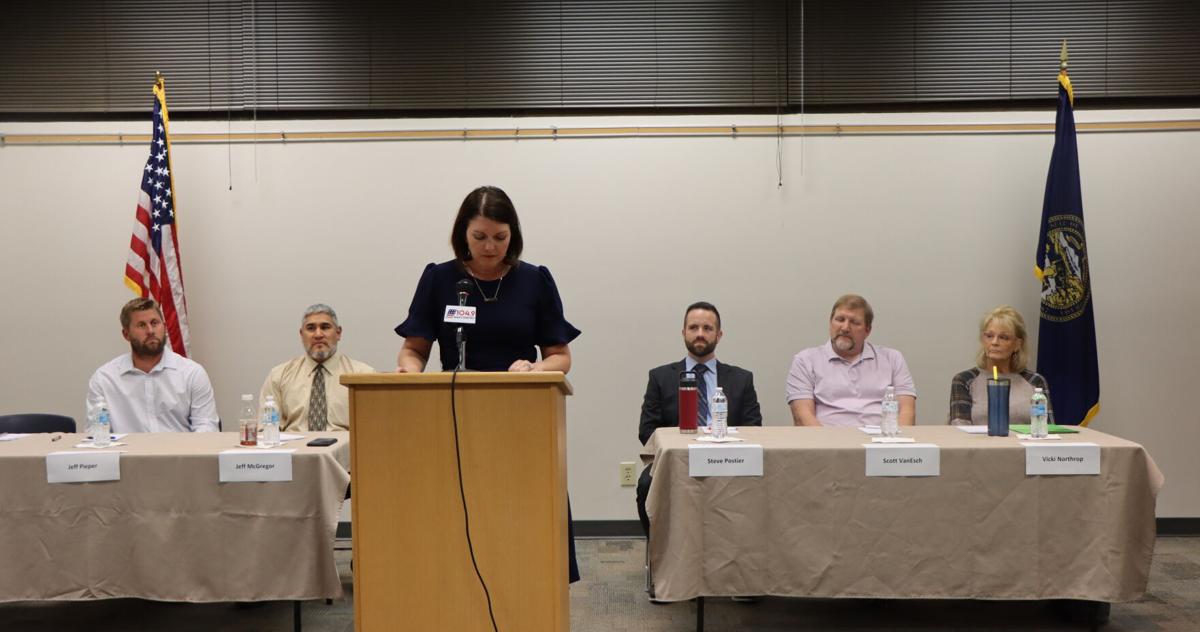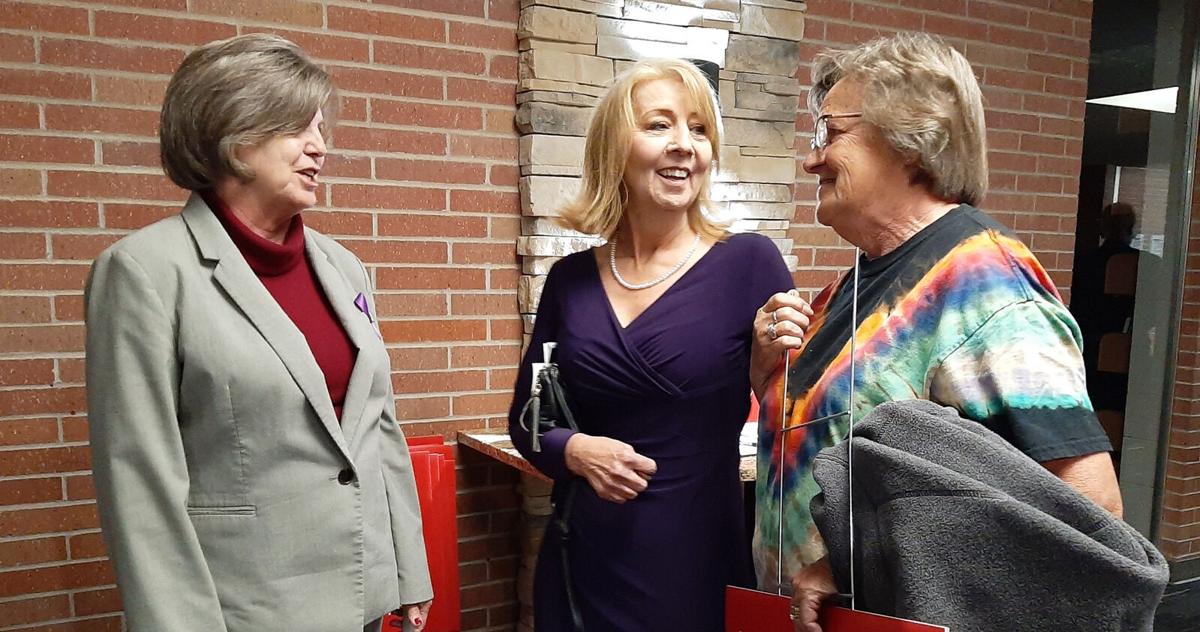Australia must learn to listen to Asia – literally

If Australia hopes to be a trusted member of its regional community, it must make a long-term investment in teaching and learning Asian languages, writes Liam Prince.
Based on its own history and current global comparisons, Australia does poorly at learning languages.
Australia ranked second to last out of 64 countries in the most recent OECD survey of second language learning among 15-year-olds. In 2018, only 36.4% of Australian grade 10 students were studying a second language at school.
These numbers are not improving either. In 1982, 16.1% of Australian 12th graders were studying a second language. In 1992, 12.5% had done so. Two decades later, in 2012, 10.9% of Grade 12 students nationwide were studying a second language.
According to the Australian Curriculum, Assessment and Reporting Authority (ACARA), by 2020 the number of year 12 students enrolled in languages in Australian schools had fallen to 9.5% – or about 22,000 of Australia’s 230,000 year 12 students .
Study of major Asian languages, including Japanese, Mandarin and Indonesian, is at its lowest level in at least a decade among Australian grade 12 students, with 4.2% of grade 12 students studying one of these three languages in 2020, compared to 5.1% previously. in 2010. The number of students studying Korean and Hindi at the 12th grade level also remains extremely low.
Predictably, given the decline at upper secondary level, the standard of language learning in Australian universities is equally disheartening.
National student data from the Commonwealth Department of Education indicates that the study of languages by Australian domestic university students was at a 20-year low in 2020, at just 2.3% of the nearly 1.1 million of domestic students studying a language as part of their degree in 2020 This represents a drop from the 3.8% of the domestic cohort of domestic students in 2010.
The decline in Asian language learning by Australian students is particularly discouraging.
In 2020, just 1% of Australia’s 1.1 million university students were studying an Asian language, down from 1.75% in 2005.
The decline observed over the past two decades is particularly sad given the high ambitions and substantial efforts of former Australian governments to increase the study of Asian languages by Australian students.
Between 1995 and 2002, then-Prime Minister Paul Keating launched the National Strategy for Asian Languages and Studies in Australian Schools (NALSAS) which saw $207 million – worth $337 million in today’s dollars – invested in the project.
NALSAS aimed for 15% of Australian year 12 pupils to study a “priority Asian language” – Japanese, Mandarin, Indonesian or Korean – by 2006. This was discontinued by the Howard government in 2002.
The Rudd government partially resurrected NALSAS in 2009 as the National Asian Languages and Studies in School Program (NALSSP), investing an additional $62.5 million – $73.5 million in today’s dollars – between 2009 and 2012. The NALSSP was interrupted by the Gillard government in 2012.
To the extent that language learning by school and university students is a measure of Australia’s curiosity and ability to engage with its regional neighbours, the country is in bad shape and deteriorating .
The reasons for this decline are many and complex, but the lack of sustainable government policy direction is largely responsible for the failure to change Australia’s monolingual mindset.
Building Australia’s language capacity need not be, and really should not be, ideological. It is a discussion, after all, about skill and ability.
The case for better and wider Asian language literacy among the Australian population is strong. Regardless of who is in power at the federal level, or whether Australia’s external environment is currently benign or more challenging, Australia needs a pool of talented and educated Australians familiar with the languages and cultures of the region.
Languages deepen the understanding of a culture and a people with irreplaceable effectiveness. Whether among graduates or staff of the Australian diplomatic corps, the Department of Defence, military and intelligence agencies, business leaders or journalists and media professionals, Australia needs experts with linguistic abilities.
It is only with these language skills and the connections they bring that Australia can explore new markets, navigate changing global economic conditions and, crucially for government, understand and communicate to the public the oscillations of public discourse in China, Indonesia, Japan, India or Korea with depth and flavor.
Australia must begin to treat its linguistic capacity, in particular its Asian linguistic capacity, as a strategic asset, crucial to preserving its place as a trusted power in the region – which it is, among others.
Commitment to building this capacity – by necessity of the timeframe involved – requires bipartisan support. Without it, governments are destined to repeat the boom and bust cycle of public investment that has prevailed over the past 30 years. These political efforts must be underpinned by an understanding of national security broad enough to encompass both traditional military capabilities on the one hand and the linguistic skills and cultural understanding of our region on the other.
Australia would, of course, have to buy or build the military kit needed to defend itself. It is equally important to also invest in a well-funded 30-year national Asian language capacity plan.
A revived NALSAS of a similar scope, taking into account inflation and the growth in the size of Australia’s school population since 2002, would cost the Australian government something like $71 million a year or $2.1 billion. over 30 years.
It would be a modest investment, given that it would give the people of Australia the discernment to know when their vital interests are really at risk and the ability to differentiate between real and imagined threats. This would enable Australia as a people to appropriately calibrate its national anxiety.
Australia’s foreign policy history is littered with misjudgments and overreactions underpinned by distrust of its regional neighbours.
SThus, policy makers could spend the next 30 years devoting more national resources to ever more elaborate alarm systems and insurance policies. Indeed, there is currently bipartisan support for this action plan alone.
Or they could spend those resources getting to know their area better. They could take a leap of faith in their neighbors and invest in teaching people how to communicate with them. In the process, they might just discover that Australia is becoming a more trusted and responsible member of a regional community in which it feels increasingly comfortable and at home.






